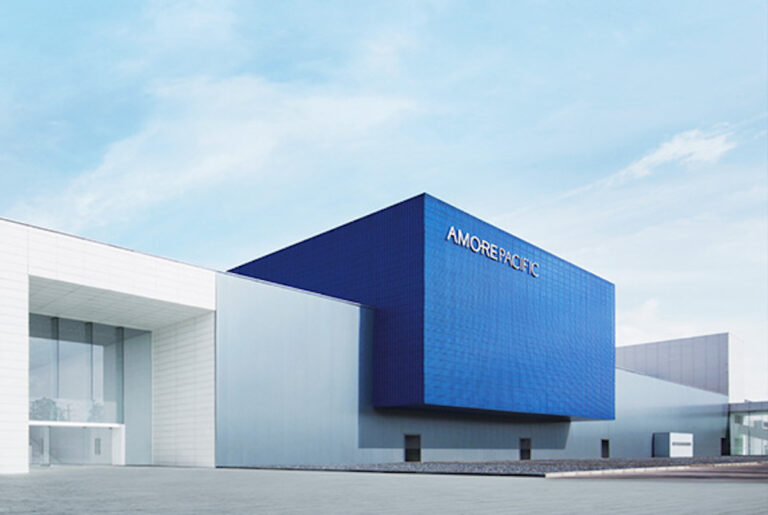Stemcell Case Study
STEMCELL supplies innovative reagents, tools, and services to academic and industrial laboratories all over the world. From cell culture media and instrumentation to IT solutions for transplant labs, the company’s offerings power groundbreaking research that underpins the foundations of the life sciences industry.
Business Challenge
STEMCELL offers a variety of product lines that support scientific research workflows, from cell culture to instrumentation. In this high-precision industry, quality is a must, but service levels represent a competitive opportunity. Customers are demanding, and they expect a speedy turnaround. Made-to-stock products must be on the shelf and ready to ship from every distribution center.
That’s why, in 2013, STEMCELL executives launched an initiative to overhaul their supply chain and create systems that could keep up with the double-digit growth they were experiencing. The company had added new factories and distribution centers as it launched new product lines, but service levels were lagging, and forecasts introduced a huge amount of error.
To complicate matters, STEMCELL’s 1,400 semi-finished products and 4,000+ finished products have deep bills of materials — and shelf lives that range from a single day to 10 years. Products contain many single-source materials with long lead times and are often customized according to exacting customer specs. Biological variability from batch to batch only adds to the uncertainty.
“We really like being able to focus on a few key areas of our supply chain that determine how adaptive and responsive we can be.”
Solution
STEMCELL executives were early movers in the Demand Driven space, recognizing the power of those methods to support strategic inventory positioning and dampen variability. They began to search for solutions that could integrate with the company’s ERP, and soon settled on Intuiflow.
In 2014, STEMCELL kicked off three installations of Intuiflow’s Materials Planning solution in North America, Europe, and Asia to improve planning signals and match investments to the areas that most threatened continuity and flow. To make sure finished products could be sold before they expired, executives created an interface between Intuiflow and the company’s quality assurance systems. To anticipate orders in progress, they integrated Intuiflow with Salesforce. Soon, there were more than 60,000 reference pairs that were updated every four hours to create a system that’s close to live.
“DDMRP took a lot of the variability out of our operations.”
– Barry Katz, Sr. Director of Supply Chain Operations, STEMCELL
Within a year of completing this work, service levels had increased from 88.6% to 95%. Average inventories were down, as were average days on hand. Yet executives sensed an opportunity for more holistic improvements. Business functions executed their planning processes independently — including sales and finance. That made it harder to identify, agree on, and exploit opportunities for improvement.
So, in 2018, STEMCELL committed to building a complete Demand Driven Operating Model (DDOM). This began with capacity planning, where executives used Intuiflow’s Scheduling & Execution module to analyze production constraints, identify bottlenecks, and protect against variability. Intuiflow displays all work orders according to their due date, load, and status — and automatically synchronizes resources according to system priorities. Load graphs display all backlogs and future loads for each resource, powering quick decisions about labor allocation and overtime.
The next step was to integrate Intuiflow’s S&OP module to better model and predict how resources might need to shift to handle different scenarios. How would load plans need to shift according to resource and service? Where might things go wrong — and where might the company need to make short or long-term capacity investments?
Results achieved at Stemcell Case Study with Intuiflow
95%
Service Level Achieved79%
Reduction of Fixed HorizonsResults
Moving into a DDOM world has delivered tremendous benefits. What were once siloed workflows within planning, manufacturing, and quality control are now tightly integrated processes. Daily 15-minute buffer meetings enable managers to review exceptions: which areas need more attention? Should resources shift to support places where production is struggling?
STEMCELL has also been able to maintain higher service levels and lower average inventories without increased operating expenses — even throughout the pandemic, when executives shortened planning horizons to make them more sensitive to changes and better able to respond to variations in demand. DDOM brought the company:
- Service levels that were consistently at 95%
- Fixed horizons dropped from 14 to 3 days
“We really like being able to focus on a few key areas of our supply chain that determine how adaptive and responsive we can be.”
– Juan Abbud, Senior Business Analyst, STEMCELL
Most importantly, the entire company now has near real-time visibility into the status of all work — and can drive accountability by drilling down to see how things could improve and who is responsible for taking action.





